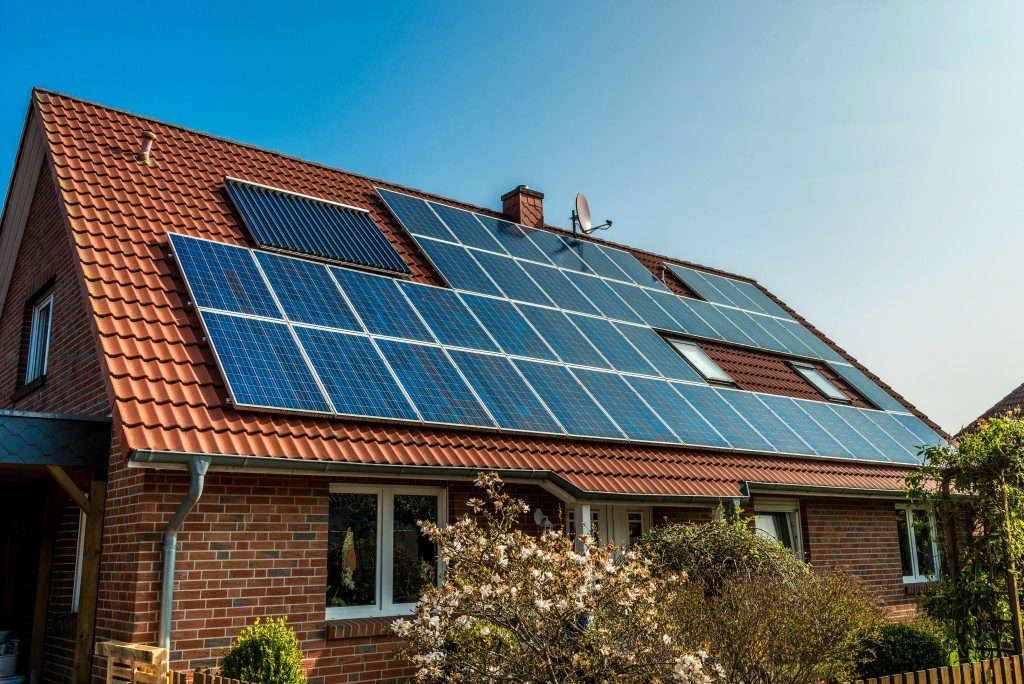Disclaimer: Mladysrecords. This site provides fashion and lifestyle content for informational purposes only.
Solar power can be much simpler than you think. The moment you decide to withdraw from an electric company’s services, living off the grid can be easy and straightforward. The majority of individuals opt not to have a steady solar power solution at home in the mistaken notion that it can be messy and very pricey. However, you can easily set up your own solar panels. Utah is especially bountiful with sunshine.
There are several advantages to using solar power. Besides saving energy, it can also be used to contribute to the electric grid. Additionally, home solar energy production helps the environment. It does not produce carbon dioxide, and it also helps lower carbon emissions when excess energy is shared.
How does solar power work?
The panels of a solar power system are comprised of photovoltaic cells that generate direct current (DC) electricity whenever sunshine hits the panel. When the rays of the sun hit the roof, rain, or shine, your solar panels convert solar radiation into DC electricity. However, in order for you to obtain this kind of power to turn on the lights in your home, you will need a solar power inverter.
Solar power inverter
A solar power inverter is a device that helps take the DC electricity from your solar panels and convert it into alternating current (AC) electricity. It is usually installed in the exterior parts of the house such as the walls or garage area.
Batteries
If you really want to live off the grid, you will need batteries. Solar power’s main disadvantage is that it cannot generate power all the time. It relies on sunshine to generate energy. During the day, the solar panels can generate energy that powers the house’s load. At night, it has to rely on something else for the energy requirement. With a battery, excess production is stored as the energy that can be used at night.
Main electrical service panel

The solar electricity gathered from the power inverter flows through the electrical panels, and then to your home where it helps power your lights and home appliances. If you generate more solar energy than you actually consume, it can flow into the main power utility grid for which you can earn some power credits.
If you are totally off the grid, you should also consider the amount of electricity being generated by solar panels. You might need to have a generator, just in case. Additionally, a wind turbine might also come in handy. This will generate power as long as there is wind. When all else fails, the generator is the last resort for standby backup power.
Solar power meter
This helps monitor your system’s production. It sends information to the solar service provider. It helps track your energy production as well as consumption. They will easily detect if there is a problem with the solar power unit.
Net meter
This measures the exact amount of electricity that you take off the grid and how much excess solar power you drive into it. When you use less power than you make, you get power credits from the utility company.
Now that you have completely understood how the system works, you can rest assured that you are doing the right thing in terms of power and electrification for your home.

